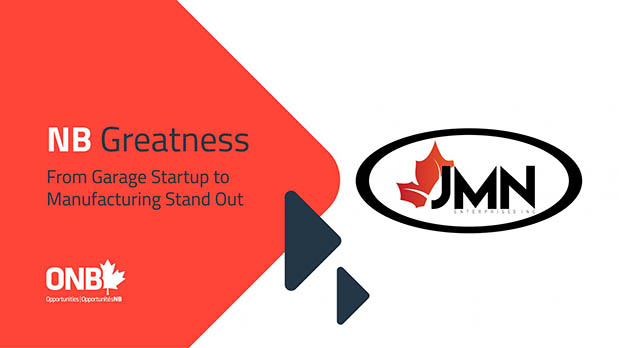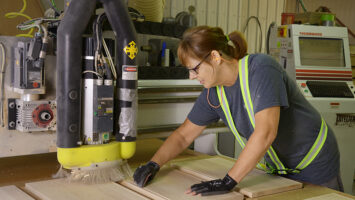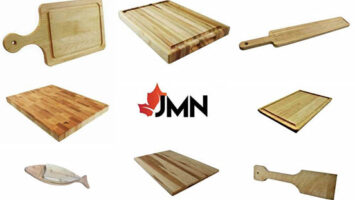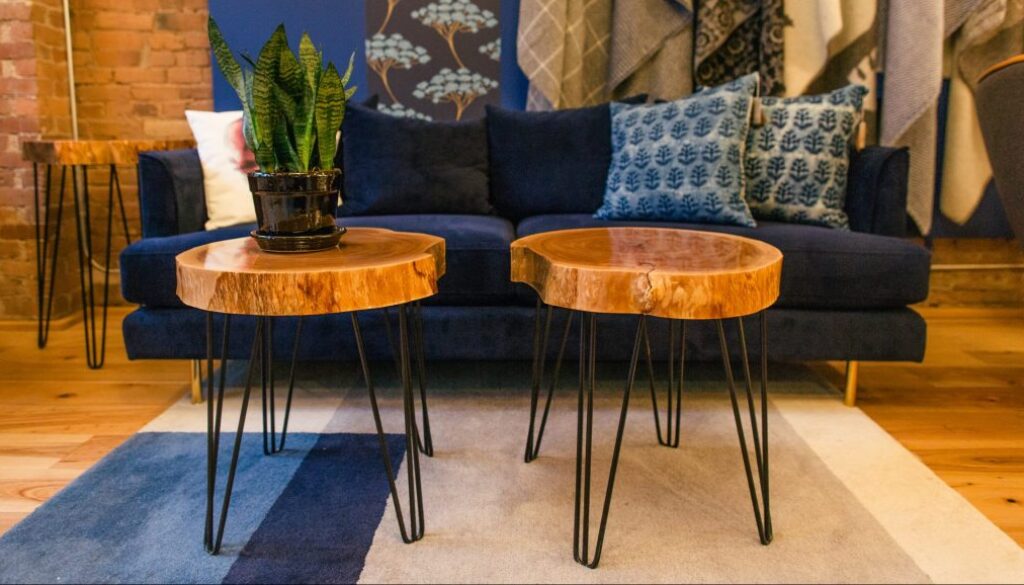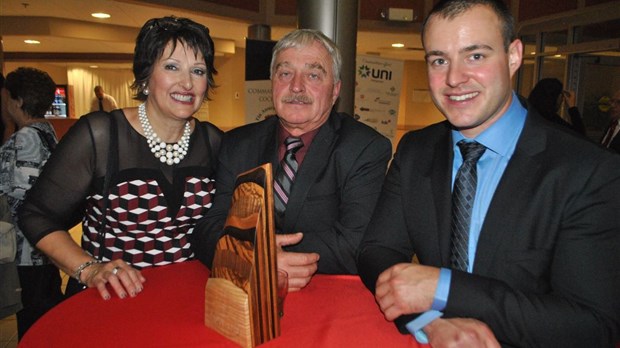Resources
Need to Know
We take pride in providing high quality products and services that we stand behind, which ensures customer satisfaction, and the future of our growth. We strive to provide guidance to common questions we get about our wood products.
FAQs
What is the difference between the various wood types?
Hard Maple:
Hard maple is light in color and full of subtle grain marks. It makes an excellent compliment to every kitchen with its natural colors. It is recognized as a go-to specie since it provides an excellent cutting surface that holds well against daily chopping. Hard maple is sourced in the USA and Canada.
Cherry:
Cherry has a reddish color and makes for great looking cutting boards. It tends to oxidize over time with the color going to a darker red. Cherry is sourced in the USA and Canada.
Walnut:
Black Walnut really makes heads turn – it has a rich dark brown/black color. It screams “I’m a premium board”. It tends to oxidize over time with the color going to a darker brown. Walnut is sourced in the USA.
For reference, a good cutting board normally has a Janka hardness between 950 and 1500 (the closer to 1500, the better). Hard Maple has a hardness of 1450, Cherry of 995, Walnut of 1010, Bamboo of 1180, and Birch of 1260. Wood that is too soft will be easily scratched and damaged.
What is the difference between face/edge/ end grain boards?
Edge Grain:
Edge grain shows you the wood cut along the edge and with the grain. Edge grain butcher block is usually made of strips of wood that can be lined up evenly or assembled in a pattern that resembles a hardwood floor.
Going back to the microscopic straw bundle analogy, edge grain would show you the sides of the straws. A knife would cut the straws lengthwise, making it less durable than end grain. Edge grain is also a bit more economical because it’s not as labor-intensive to make.
Edge grain boards provide optimal balance between performance and ease of maintenance.
End Grain:
End grain shows you the wood when cut across the growth rings and graining. End grain butcher block typically looks like a bunch of squares.
If you think of wood as a tight bundle of microscopic straws, end grain would show you ends of the straws. If you bring a knife down on top of these straws, it splits them apart. That’s why end grain butcher block is the most durable, almost self-healing, and easier on your knives.
End grain butcher block provide the ultimate performance and require extensive maintenance and care.
Face Grain:
In most cases, face grain isn’t used for butcher block because it will show knife marks faster than end grain or edge grain. With face grain, lumber is laid and shows more grain character.
Face grain boards are good entry level products and are easier to handle with their lower weight.
My board has warped, how can I fix this? Is there a way to prevent warping?
Warping is caused by uneven drying of a board. It happens more frequently after washing (water intake) and then if the board is drying flat… it will dry faster on the top side and |curve up” (vs little drying on the bottom which is unexposed). This is a recipe for warping.
For minor warping cases, flipping your board over will allow the other side to dry. The board normally will rebalance and straighten over 24 hours.
For severe warping cases, please contact us. We will guide you through the process.
You can prevent the risk of warping by:
- Oil regularly during the initial two months (2 times a week)
- Oil monthly after that period
- Dry the board vertically after oil and after washing so both sides dry evenly
How do I clean my cutting board?
- Regular cleaning process recommended after each use. Wash the board with hot water and soap, rinse it with a clean cloth. Let it dry vertically. Store it vertically in a dry place. Do not wash your board under running water, in the dishwasher, or by soaking it in the sink.
- Disinfect & deodorize: To disinfect and deodorize your cutting board we recommend that you spray vinegar on the board, let it sit for a few minutes and wipe it off with a damp cloth
- To remove toughest stains or deodorize, when needed: combinate in a small bowl, 2 Tbsp of backing soda, 1 Tbsp of salt and 3 Tbsp of hot water. Mix well and pour on the surface of your cutting board. Scrub the entire surface. Wipe it with a wet cloth and dry with a clean cloth
- We recommend to always let the cutting board dry vertically to reduce water absorption to its minimum and prevent the board from cracking.
How do I maintain my new cutting board? Which oil should I use?
First month, we recommend to do a foodsafe mineral oil treatment twice a week for the initial 2 months. Why? You want the mineral to get in the wood and that first month is the most critical to ensure your board lasts a long time!
Third month and thereafter, we recommend to apply foodsafe mineral oil to your cutting board once a month or more if used often (if the wood seems dry, apply oil). Protecting the board with mineral oil will help keep excess moisture away which will reduce the likelihood of drying out, cracking, or splitting.
Here is a link to WoodForChef’s mineral oil
Apply an even layer of food-safe mineral oil to all surfaces and both ends with your hands, a towel or a cloth. Allow the mineral oil to penetrate the wood for minimum of 2 hours (ideally overnight).
Avoid at all costs using Vegetable or nut-based oils.
The surface of my cutting board has become rough over time – can I bring it back to its initial luster?
We recommend using a palm sander with 180 grit sand paper. Sand lightly and evenly until the surface is smooth and your board should have a new life. Remember to apply foodsafe mineral oil after your sanding process.
If you have a walnut board, you might need to raise the grain once the surface is smooth. Reach out by email if you need help for this.
The surface of my cutting board has become rough over time – can I bring it back to its initial luster?
We recommend using a palm sander with 180 grit sand paper. Sand lightly and evenly until the surface is smooth and your board should have a new life. Remember to apply foodsafe mineral oil after your sanding process.
If you have a walnut board, you might need to raise the grain once the surface is smooth. Reach out by email if you need help for this.
Minimum order
For larger volume inquiries, we’ll discuss with you whether it would be preferable for you to work with one of our distributors (MOQ 12 to 120 units) or direct with JMN (MOQ 500 units).
For consumers, please check our WoodForChef store
